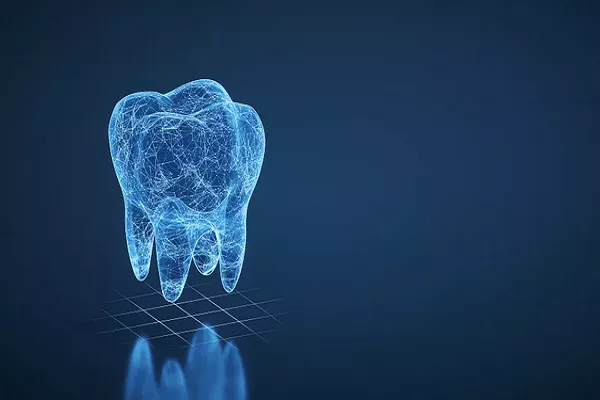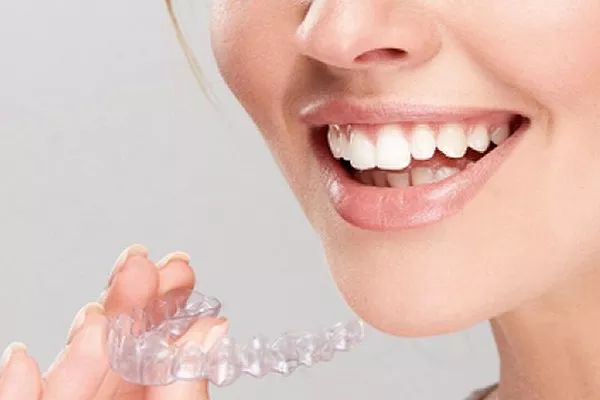In the vast landscape of oral health, the color of our gums can be a significant indicator of underlying issues. Yellow gums, in particular, may raise concerns and questions about one’s well-being. In this comprehensive guide, we will delve into the various aspects surrounding yellow gums, exploring the potential causes, preventive measures, and effective treatments.
1. Understanding the Causes of Yellow Gums
Yellowing of the gums can stem from a variety of factors, each requiring careful consideration. To shed light on this phenomenon, let’s explore the primary causes in detail:
a. Poor Oral Hygiene:
One of the most common culprits behind yellow gums is inadequate oral hygiene. Failure to brush and floss regularly allows the accumulation of plaque and tartar, leading to gum discoloration over time.
b. Smoking and Tobacco Use:
Tobacco products contain harmful chemicals that can stain the gums, causing them to turn yellow. The detrimental effects of smoking on oral health extend beyond just teeth discoloration.
c. Gingivitis and Gum Disease
Yellowing can also be a sign of underlying gum disease, such as gingivitis. Inflammation and infection can lead to changes in gum color, emphasizing the importance of prompt dental intervention.
d. Medical Conditions:
Certain medical conditions, such as jaundice or liver disorders, may manifest in yellowing of the gums. It is crucial to consider systemic health when evaluating the root cause of gum discoloration.
2. The Impact of Poor Oral Health on Gum Color
a. Plaque and Tartar Buildup:
When oral hygiene is neglected, plaque – a sticky film of bacteria – can accumulate on the teeth and gums. Over time, this plaque hardens into tartar, contributing to the yellowing of the gums.
b. Gingivitis Progression:
Gingivitis, if left untreated, can progress to more severe forms of gum disease. As the infection intensifies, the gums may undergo changes in color, becoming increasingly yellow or even red.
c. Periodontitis Consequences:
In advanced stages of gum disease, known as periodontitis, the gums may recede, exposing the roots of the teeth. This not only affects the appearance but also heightens the risk of tooth loss.
3. Prevention Strategies for Yellow Gums
a. Establishing a Robust Oral Care Routine:
The foundation of preventing yellow gums lies in maintaining a consistent and thorough oral care routine. Regular brushing, flossing, and routine dental check-ups can significantly reduce the risk of gum discoloration.
b. Quitting Smoking and Tobacco Use:
To combat the yellowing effects of tobacco, quitting smoking and other tobacco products is essential. This not only benefits oral health but also has broader positive implications for overall well-being.
c. Managing Systemic Health:
Addressing underlying medical conditions is crucial for preventing yellow gums associated with systemic issues. Regular health check-ups can aid in early detection and management.
4. Professional Treatment Options for Yellow Gums
a. Professional Dental Cleanings:
Regular visits to the dentist for professional cleanings are instrumental in preventing and addressing gum discoloration. Dental professionals can remove stubborn tartar and provide personalized advice on oral care.
b. Treatment for Gum Disease:
In cases where gum disease is identified, prompt treatment is essential. Scaling and root planing, antibiotics, and other interventions can halt the progression of gingivitis or periodontitis.
c. Cosmetic Dentistry Procedures:
For individuals seeking aesthetic improvements, cosmetic dentistry procedures such as teeth whitening or gum depigmentation may be viable options. Consulting with a dental professional is crucial to determine the most suitable approach.
5. When to Seek Professional Help
Knowing when to seek professional help is paramount in addressing yellow gums effectively. If at-home oral care practices and lifestyle changes fail to yield improvement, or if yellowing is accompanied by other concerning symptoms, scheduling a dental appointment becomes imperative.
6. The Role of Nutrition in Gum Health
While often overlooked, nutrition plays a pivotal role in maintaining optimal gum health. A diet rich in vitamins and minerals, particularly vitamin C, can bolster the immune system and contribute to healthy gums. Conversely, a diet high in sugars and processed foods can exacerbate oral health issues.
In conclusion, the color of our gums can be a valuable indicator of overall health, and yellowing should not be dismissed lightly. By understanding the causes, implementing preventive measures, and seeking professional help when necessary, individuals can take proactive steps toward preserving the health and vibrancy of their gums.
Related Links:
Do whitening strips work after one use?
What not to Do after using whitening strips?
How much to bleach teeth at dentist?





























